Home >
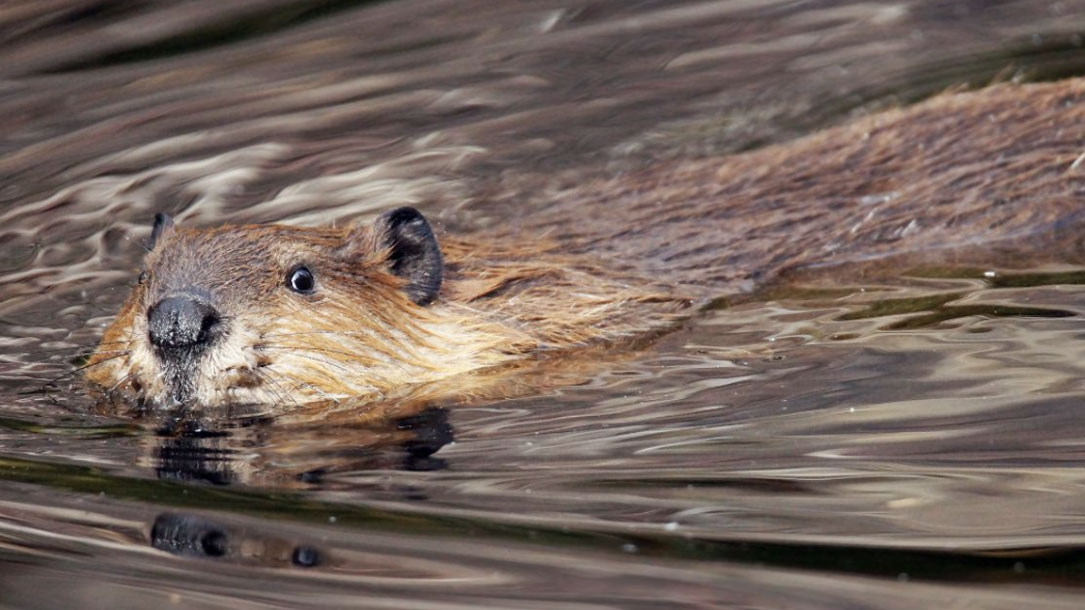
Saving Our Swamps [Letter in the New Yorker Magazine]
Here you will find a short letter submitted by the land trust’s executive director, under the heading “Letters respond to Annie Proulx’s piece about swamps” (and beavers as part of the climate solution):
The dewatering of North America that Proulx describes was underway well before the nineteenth century, when westward expansionists began cutting down forests and farmers began draining and tilling fields. By the time those people were “reclaiming” land for their use, fur traders had been wreaking havoc on our wetlands for almost two hundred years, through the commodification of beavers…

Passage of historic Inflation Reduction Act bill supports land trust work
The Inflation Reduction Act is landmark climate legislation that has the potential to reduce U.S. emissions by 40% by 2030, helping to reduce carbon in our atmosphere and buffering human and natural communities from the worst effects of climate change.
The IRA will fund critical Farm Bill conservation programs: land trusts and the landowners they work with will have access to an additional $1.4 billion for the Agricultural Conservation Easement Program to be allocated across four years, and the Regional Conservation Partnership Program will be increased by $4.95 billion during that period.
The Conservation Stewardship Program ($3.25 billion) and Environmental Quality Incentives Program ($8.45 billion) will also receive huge investments, and there is $1 billion in technical assistance for landowners who use these programs to reduce climate-related emissions…
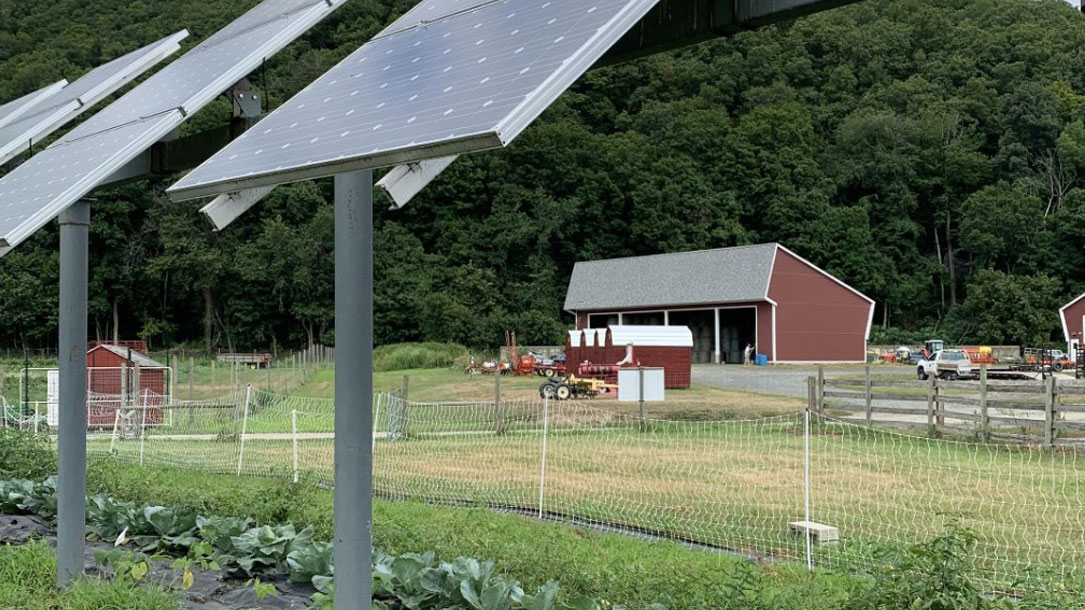
Agrivoltaics looks at farming around/among solar panels
Double cropping solar power and organic dairy production works successfully here, but the concept – called agrivoltaics – is still very new.
Agrivoltaics is a new umbrella term defined as any farming practices on the land supporting solar power.
Around the world, innovators are looking for ways that solar panels and agriculture can benefit from the other. Flowers, pollinator plants, alfalfa, grass, vegetables and greens, and fruits and berries are some of the potential crops that people are planting in conjunction with solar panels…
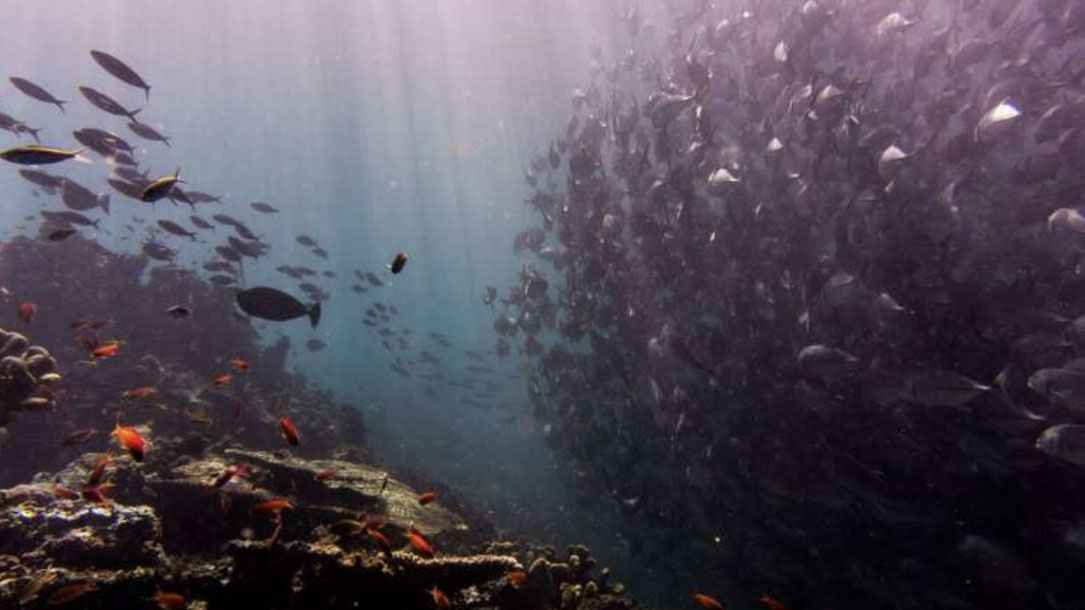
Study shows 90% of marine species at risk of extinction in 78 years if greenhouse gas emissions are not curbed
Greenhouse gas emissions impact the world’s climate in two ways. They raise the temperature of the atmosphere (and by extension, Earth’s surfaces and bodies of water) by holding in heat, and in the case of CO2 emissions, they make water more acidic, like carbonated soft drinks…
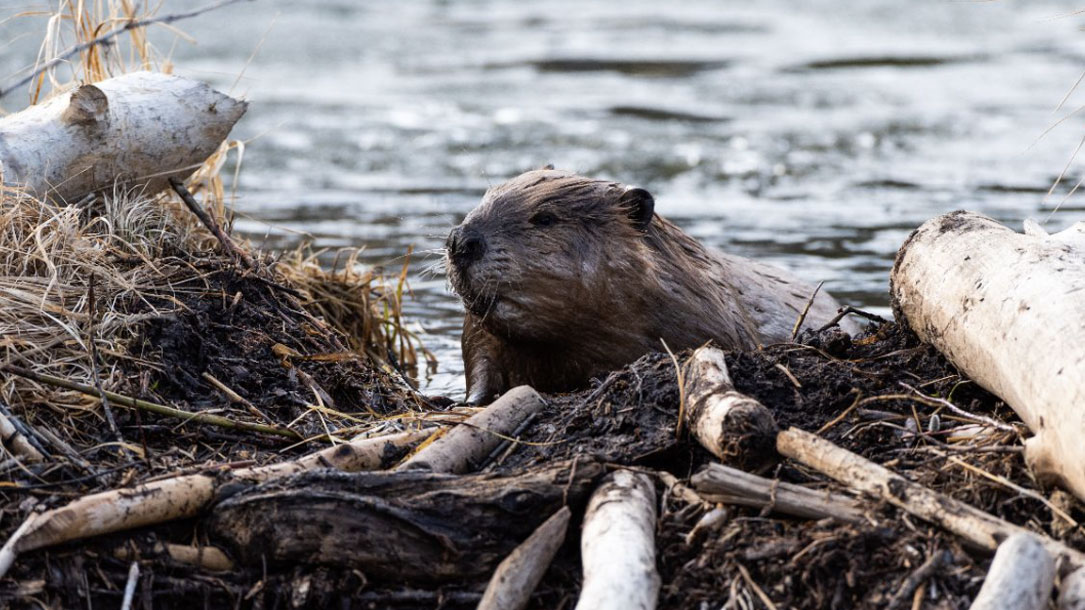
Beaver: The North American freshwater climate action plan
Rivers and streams, when fully connected to their floodplains, are naturally resilient systems that are increasingly part of the conversation on nature-based climate solutions. Reconnecting waterways to their floodplains improves water quality and quantity, supports biodiversity and sensitive species conservation, increases flood, drought and fire resiliency, and bolsters carbon sequestration. But, while the importance of river restoration is clear, beaver-based restoration—for example, strategic coexistence, relocation, and mimicry—remains an underutilized strategy despite ample data demonstrating its efficacy.
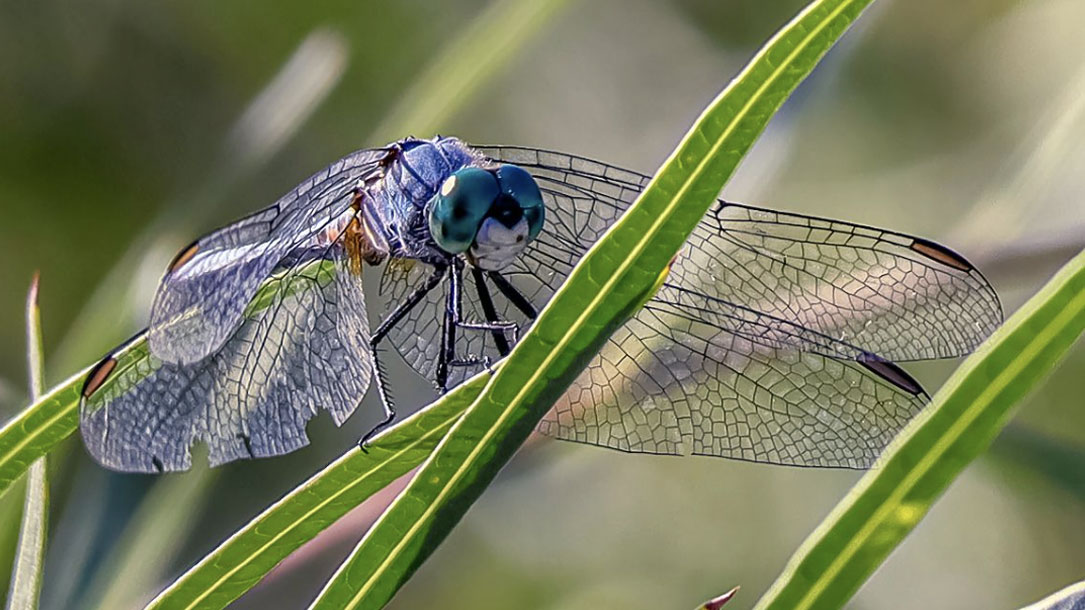
Riverscapes as natural infrastructure: Meeting challenges of climate adaptation and ecosystem restoration
Rivers have been diminished, simplified, and degraded globally by the concentration of agriculture, transportation, and development in valley bottoms over decades and centuries, substantially limiting their ecological health and value. More recently, climate change is steadily increasing stress on aging traditional, gray infrastructure. Recent trends in river management present an opportunity to address both the ecological degradation and climate stress.

By Degrees: Covering climate change
Human activity is warming the planet. This change is already reshaping how we live and interact with our environment in New Hampshire, across New England and beyond. And just as more people than ever were beginning to wake up to the climate emergency, our lives collided with the coronavirus pandemic and a generational reckoning on racial justice.
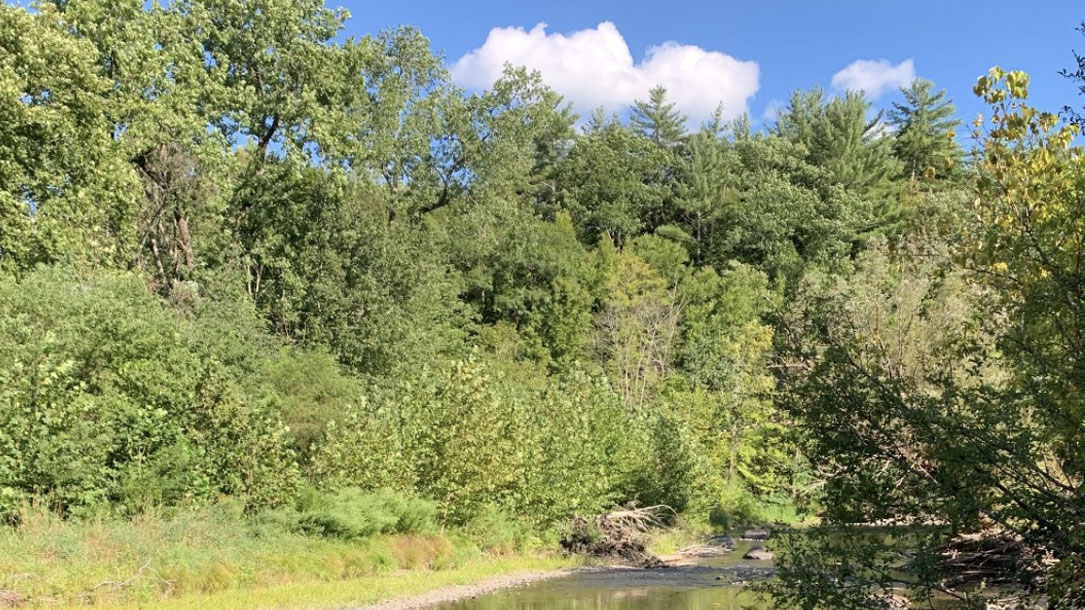
Conservation in a changing climate
“Our annual event continues a long-held tradition of gathering once a year to listen to an informative, engaging, and inspiring speaker and hear the latest Conservancy news. Light refreshments will be served, with time to mingle.
“Following a presentation of the past year’s accomplishments and awards, New Hampshire Public Radio’s Mara Hoplamazian will give the keynote address. Watching the Climate Change: A Reporter’s Notebook will explore the transitions Granite Staters are facing as our climate changes and how they balance tough realities with hope. Mara reports on climate change, energy, and the environment for NHPR, part of their By Degrees initiative…”

Protect your woodlands
“Over 75% of Vermont’s land is forested, and much of that land is privately owned, often by families and individuals. Conserving these forests matters a great deal for our climate, our economy, and our communities. If you own woodland and want it to remain forested, conservation is one option you could consider. We can help you explore your options and guide you through the process…”
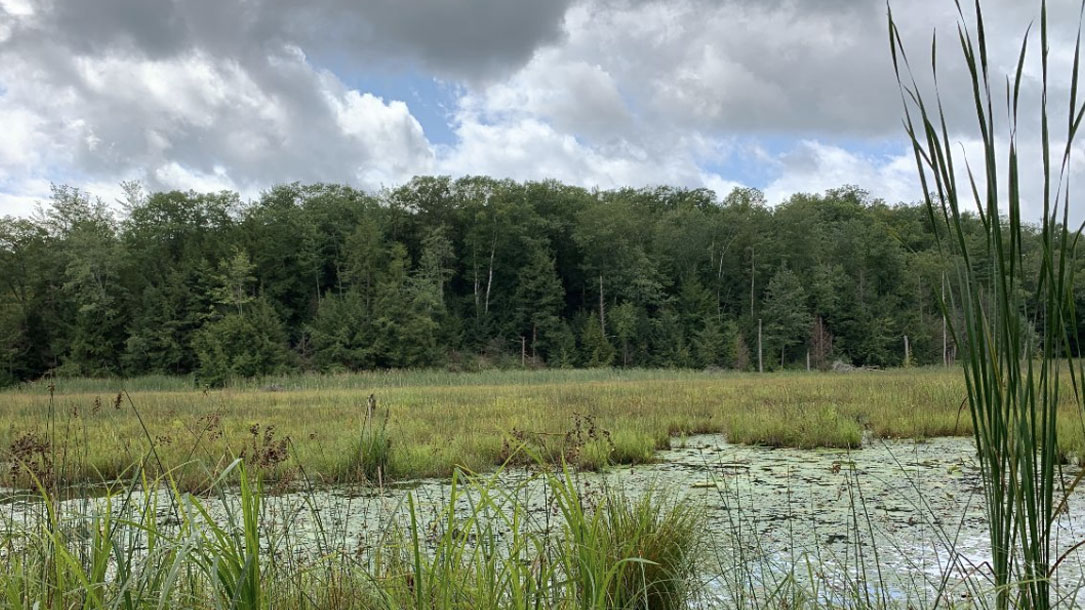
Coastal marsh migration may further fuel climate change
As rising sea levels cause marshes to move inland in six mid-Atlantic states, the coastal zone will not continue to serve as a carbon sink but release more carbon into the atmosphere, a new modeling study led by researchers at Duke University finds.
Earlier estimates focused on the potential for an expanded area of coastal marshes to capture more carbon, removing it from the atmosphere where it acts as a greenhouse gas in the form of carbon dioxide. But as coastal marshes invade low-lying forests and freshwater wetlands, the loss of trees and decomposition will release more carbon into the air than can be captured by the marshes, further contributing to global climate change…












